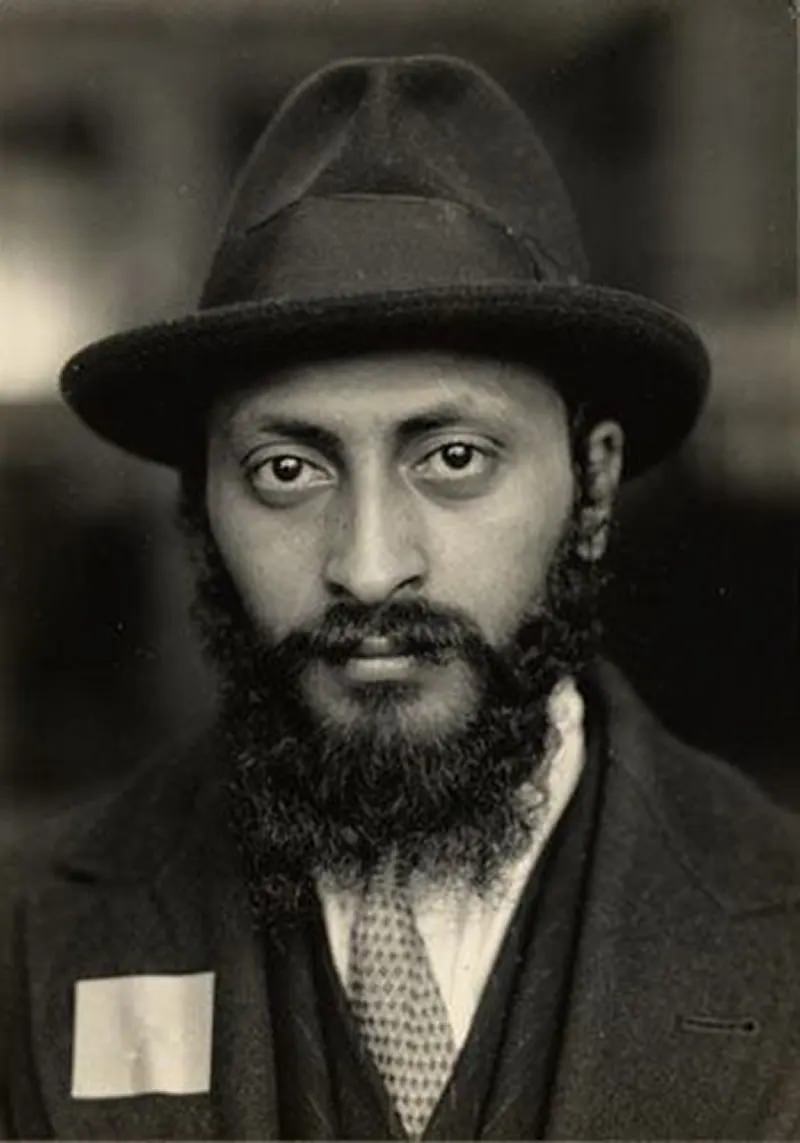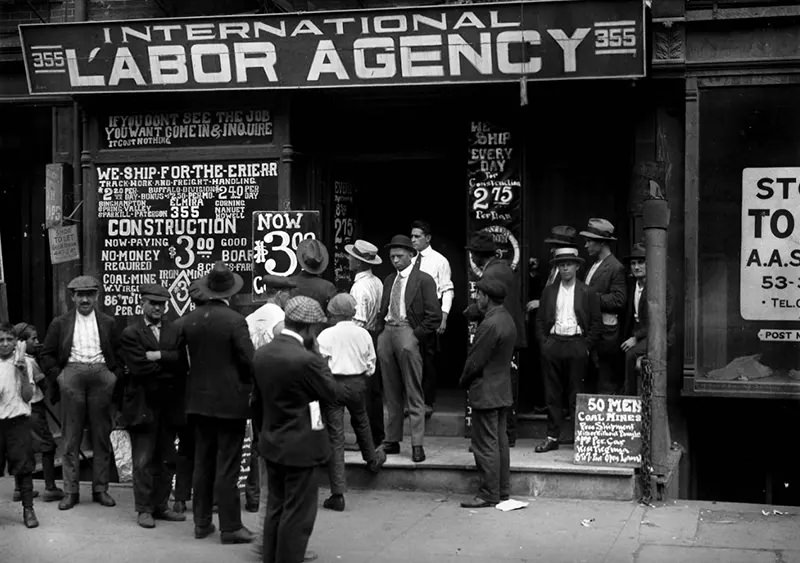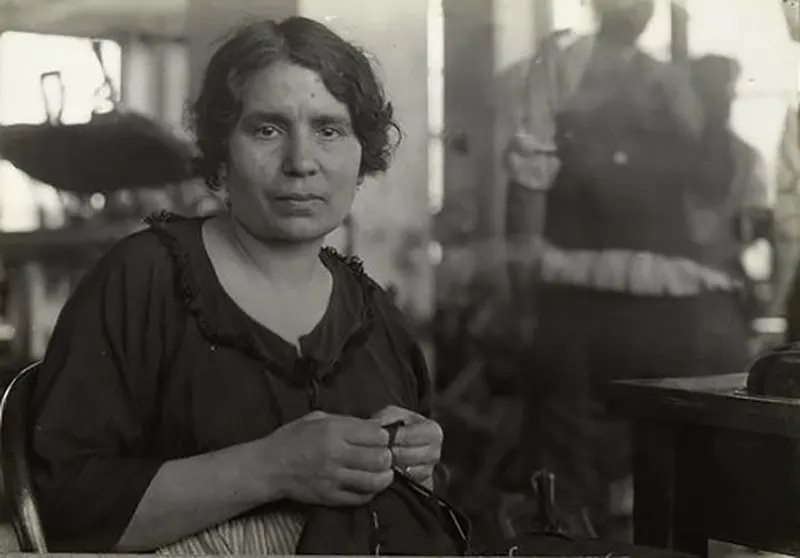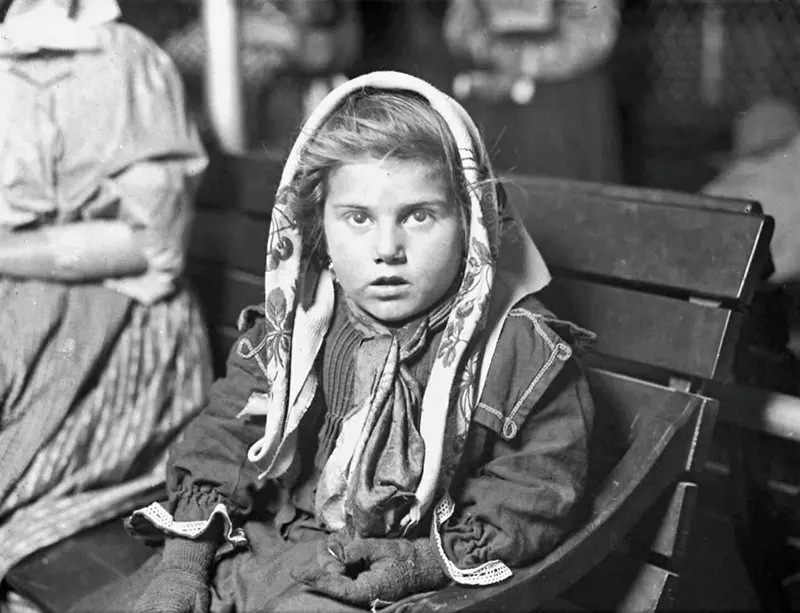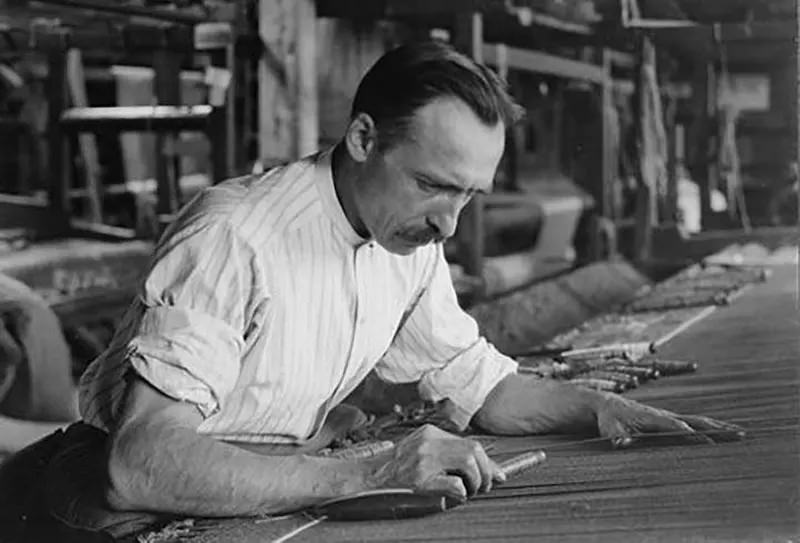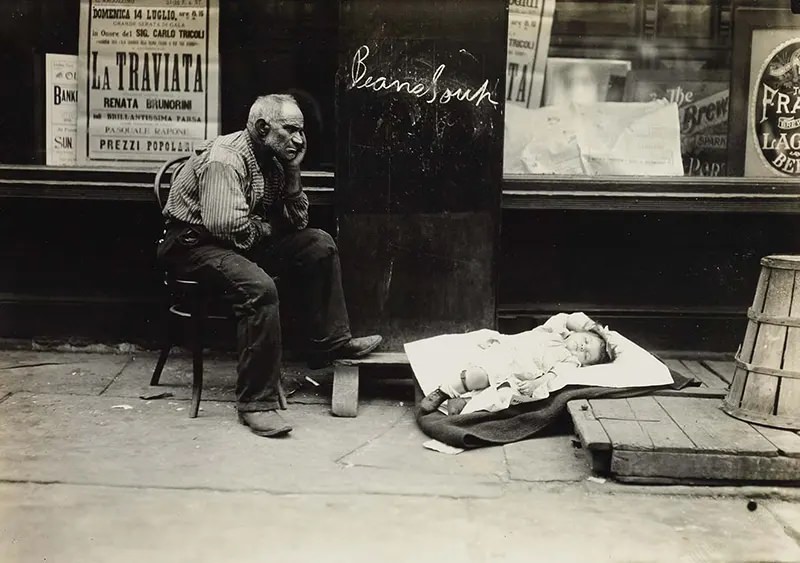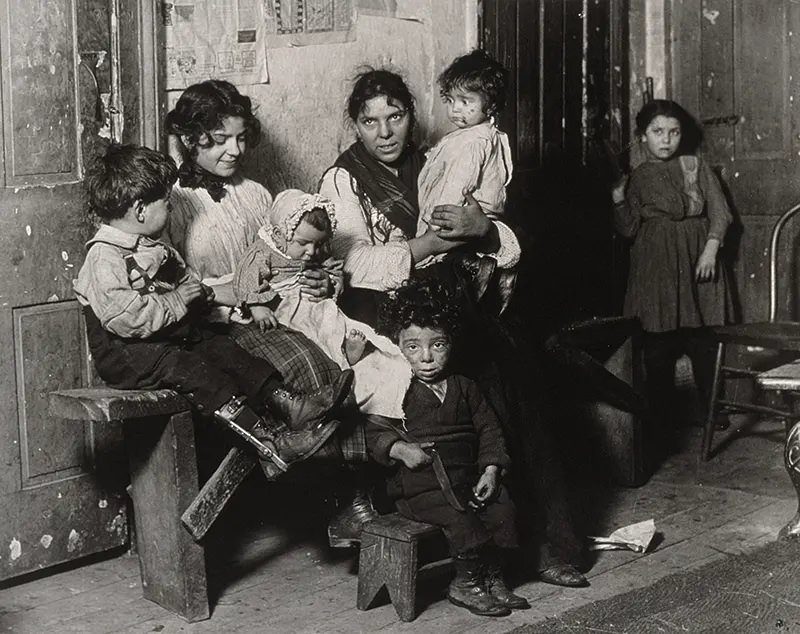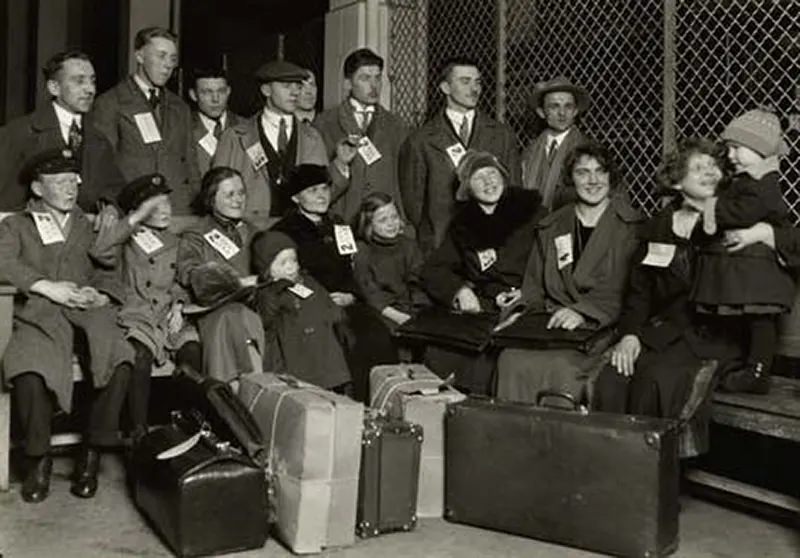Immigrants arriving in the United States in the early 20th century faced many challenges as they sought to establish themselves in a new country. The journey to the United States was often long and challenging, and many immigrants faced discrimination and hardship upon arrival.
One of the main challenges facing immigrants in the early 20th century was the lack of job opportunities. Many immigrants were forced to take low-paying jobs in factories, mines, and other labor-intensive industries. These jobs were often dangerous and offered little in the way of job security or benefits.
Another major challenge was the lack of affordable housing. Many immigrants were forced to live in overcrowded and unsanitary tenements in urban areas. These conditions were often associated with high rates of disease and crime, and many immigrants struggled to make ends meet.
Immigrants also faced discrimination and prejudice from native-born Americans. Many Americans viewed immigrants as a burden on society and blamed them for taking jobs and driving down wages. Immigrants were often subject to racial and ethnic slurs, and many were denied housing and job opportunities because of their ethnicity.
Despite these challenges, many immigrants overcame adversity and established themselves in the United States. Some were able to improve their economic situation and move up the social ladder. Others were able to build successful businesses and contribute to the country’s economic growth.
Many immigrants also contributed to the cultural and social fabric of the United States. They brought their own customs, traditions, and languages, which helped enrich the country’s cultural diversity. Their hard work and determination helped to shape the United States into the diverse and inclusive nation it is today.
#1 Italian family on route to Ellis Island.
#2 Joys and Sorrows at Ellis Island, 1905. A group of Slavic immigrants registers many shades of emotion. The baby salutes his new home — quite a family group.
#3 Immigrants detained at Ellis Island dancing.
#4 Getting tagged by an official for a railroad trip, 1920s.
#5 Group of Italians in the Railroad Waiting Room, Ellis Island, 1905.
#6 Armenian Jew, Ellis Island 1926.
#7 Young Russian Jew at Ellis Island, 1905.
#8 An Albanian woman from Italy at Ellis Island, 1905.
#9 Finnish Stowaway at Ellis Island, 1926.
#10 Jew from Russia at Ellis Island, 1905.
#11 Slavic immigrant at Ellis Island, 1905.
#12 Slavic Mother and Child at Ellis Island, 1905.
#13 Slavic Mother.
#14 Lithuanian Woman with Colorful Shawl, 1926.
#15 Labor Agency, Lower West Side, 1910.
#16 Italian worker on New York State Barge Canal, 1912.
#17 Italian clothing worker in Rochester, NY factory, 1915.
#18 Mid-morning lunch at Ellis Island.
#19 Group of Germans having lunch at Ellis Island, 1926.
#20 A Social Worker at Ellis Island.
#21 This enclosure is part of the improved conditions on the island.
#22 Italian child dinds her first penny, 1926.
#23 Italian Mother and Child, Ellis Island 1905.
#24 Mona Lisa visits Ellis Island, 1905.
#25 French worker making high-grade tapestries, New York City, 1920.
#26 Russian boarding house, Homestead, Pennsylvania, 1909.
#27 Group of Italian street laborers working under Sixth Ave., New York City, 1910.
#28 Greek wrestling club at Hull House, Chicago, 1910.
#29 Italian craftsman working in bronze, New York City, 1930.
#30 Italian mother, Lower East Side, New York City.
#31 Cop brings them home alive, East Side, New York City, 1915.
#32 Fresh air for the baby, Italian Quarter, New York City, 1910.
#33 Italian family sits for its portrait in Chicago tenement near Hull House, 1910.
#34 Bedroom of Italian family in a rear tenement of the New York East Side, 1910.
#35 A happy note in the old tenement life. Child is bathed and underwear is laundered at one time.
#36 A young refugee with musical talent receives instruction in Hull House music studio, 1910.
#37 A Syrian Arab at Ellis Island, 1926.
#38 A Slovak immigrant, Ellis Island, 1905.
#39 Jewish grandmother, Ellis Island, 1926.
#40 A Czech Slovak grandmother at Ellis Island, 1926.
#41 Italian grandmother at Ellis Island, 1926.
#42 A group of German immigrants at Ellis Island, 1926.
#43 Italian family en router to Ellis Island.

This is the small boat of the Immigration Service which carried aliens from the pier to Ellis Island. Sometimes the number of immigrants waiting to be transferred was so great, that they waited for several days and nights before the little ferry boat could bring them to the island.







